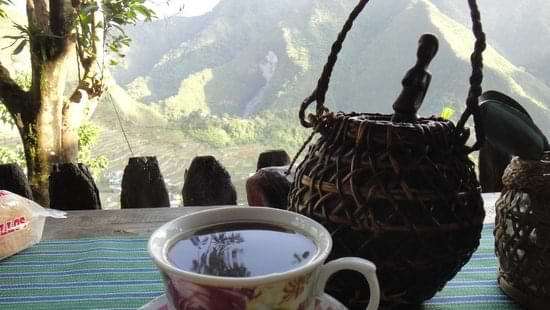
Native coffee, a diverse and culturally significant aspect of coffee production that reflects the unique flavors and traditions of specific regions worldwide. In this comprehensive exploration, we will embark on a journey through the world of native coffee, delving into its origins, cultivation practices, distinct flavor profiles, cultural significance, and the challenges and opportunities it presents to coffee-producing communities.
Origins and Historical Significance:
Varieties have deep roots in the regions where they originated. From the highlands of Ethiopia, the birthplace of Arabica coffee, to the mountainous regions of Southeast Asia, where robusta varieties thrive, each plant has a unique story to tell. This section explores the historical significance of native coffee, tracing its journey from traditional cultivation methods to its place in modern coffee markets.

Cultivation Practices:
The cultivation of native coffee involves a harmonious dance between nature and tradition. Local farmers, often tending to small family-owned plots, employ sustainable and region-specific farming practices. This section examines the intricacies of native coffee cultivation, including planting methods, organic farming, shade-grown techniques, and the preservation of biodiversity within coffee ecosystems.
Varieties:
The rich tapestry of native coffee varieties contributes to the global diversity of coffee flavors. From the nuanced and aromatic Arabica beans to the robust and resilient robusta varieties, each type offers a distinctive taste profile. This segment delves into the characteristics of prominent native coffee varieties, exploring the factors that influence their flavors and the regions that have become synonymous with their cultivation.

Flavor Profiles and Terroir:
The concept of terroir, often associated with wine, is equally applicable. The interaction between soil, climate, altitude, and other environmental factors imparts unique flavors to coffee beans. This section explores how terroir influences the flavor profiles providing a sensory journey through the diverse tastes and aromas associated with specific regions.
Cultural Significance:
Deeply embedded in the cultural fabric of the communities that cultivate it. This section uncovers the cultural traditions surrounding from traditional coffee ceremonies to the role of coffee in social and religious practices. The significance of coffee in local customs, folklore, and daily life reflects its integral role in shaping community identity.
Challenges and Opportunities:
Holds immense cultural and flavor value, it also faces challenges that threaten its sustainability. This section addresses issues such as climate change, pests, diseases, and economic pressures that impact. Additionally, it explores the opportunities for innovation and collaboration within the coffee industry to overcome these challenges and ensure the longevity cultivation.
Global Perspectives on Native Coffee:
Gained recognition and appreciation on the global stage, with coffee enthusiasts seeking unique and authentic experiences. This segment explore positioned in the global market, the rise of specialty coffee movements, and the impact of consumer preferences on the demand for native varieties.
Coffee Tourism and Experiential Journey:
Extends beyond the cup, drawing travelers to the landscapes where it is grown. Coffee tourism has emerged as a growing trend, offering enthusiasts the opportunity to witness the entire coffee production process, from cultivation to brewing. This section explores the experiential journey of coffee tourism, emphasizing its impact on local economies and cultural exchange.
Innovation and Collaboration:
This section explores how advancements in technology, research, and collaborative efforts between farmers, scientists, and industry stakeholders contribute to the sustainability and growth of production. Initiatives such as varietal development, adaptive farming practices, and market access are crucial components of this evolving landscape.
Recipes and Culinary Exploration:
Distinct flavors make it a versatile ingredient in culinary creations. This section delves into recipes that showcase the unique taste profiles of native coffees, from traditional coffee preparations to innovative dishes that highlight coffee as a key ingredient.
Conclusion:
A celebration of biodiversity, culture, and craftsmanship. Its roots run deep in the landscapes where it thrives, connecting people, traditions, and flavors in a profound and meaningful way. As we navigate the complexities of the coffee world, let us savor the richness, embracing its diversity and recognizing the hands that cultivate, harvest, and share this extraordinary beverage with the world. Cheers to the global journey of native coffee, where every sip tells a story, and every cup reflects the essence of its origin.




